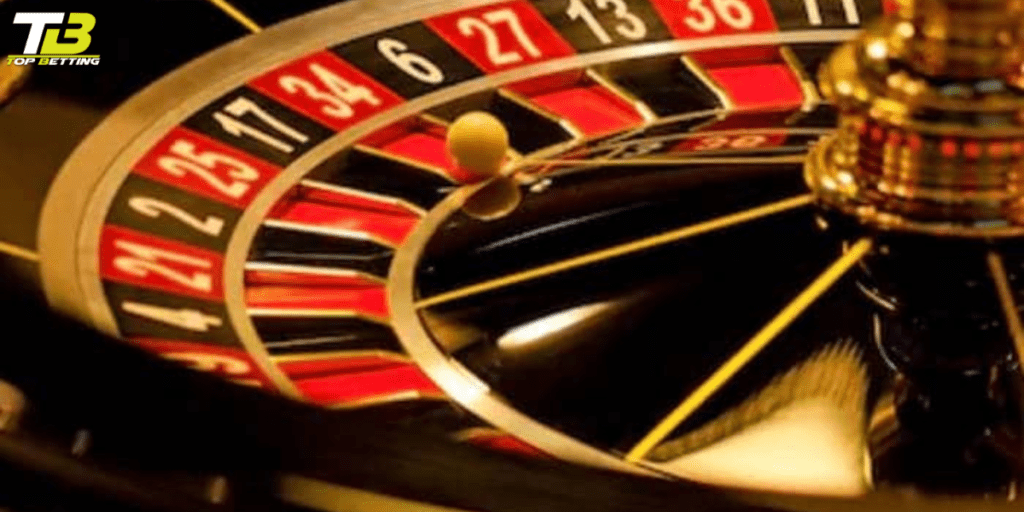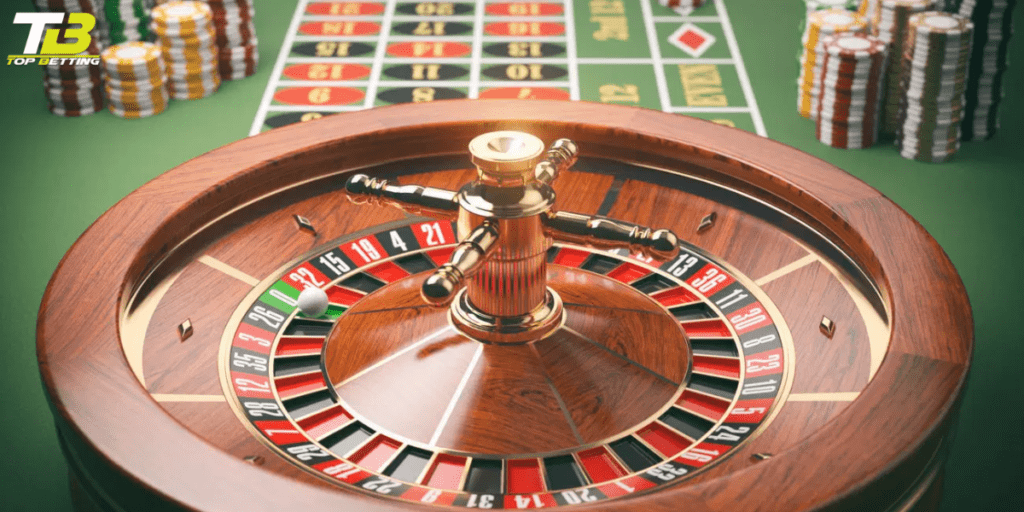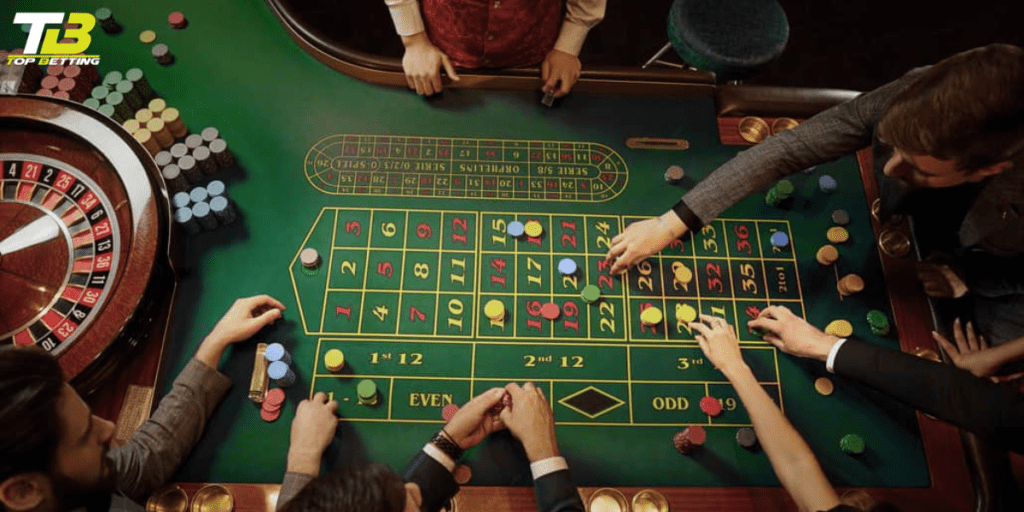
Roulette Strategy: Searching for Biased Wheels
Are you on the hunt for a winning roulette strategy? Look no further. In this article, we will explore the fascinating world of biased roulette wheels and how they can be leveraged to gain an edge in your favor.
Despite the belief that roulette is a game of pure chance, some wheels may not be as random as they seem. A biased wheel occurs when certain numbers or sections of the wheel are more likely to hit than others. This occurrence can be a result of manufacturing flaws or wear and tear over time.
Understanding Biased Wheels in Roulette
Understanding biased wheels is essential to successfully implement a strategy that can increase your odds of winning at roulette. While casinos strive to maintain fair and random gameplay, certain imperfections in the manufacturing process or regular wear and tear can create biases in the wheel. These biases can have a significant impact on the outcome of the game and provide an advantage to observant players.
How to Identify Biased Wheels
Identifying biased wheels requires a keen eye and careful observation. The first step is to gather data by recording the results of multiple spins. By keeping track of the numbers that come up, you can start to notice patterns or recurring outcomes. Statistical analysis can then be employed to determine whether these patterns indicate a bias in the wheel.
One common approach is the “visual ballistics” method, where players observe the ball’s behavior as it spins around the wheel. By tracking the ball’s landing positions over a series of spins, players can detect any consistent biases. Another method involves using electronic devices to measure the velocity of the wheel and the ball, providing valuable data for analysis.
Collecting Data and Analyzing Results
To effectively identify biased wheels, you need to collect a substantial amount of data from multiple sessions. The more data you have, the more accurate your analysis will be. It’s important to record the outcome of each spin, noting the winning numbers and any patterns that emerge.
Once you have gathered enough data, statistical analysis techniques can be applied to determine the presence of bias. Histograms, scatter plots, and chi-square tests are commonly used to analyze the distribution of winning numbers and identify any significant deviations from randomness. These analytical tools will help you uncover any biases that may exist in the wheel.
Developing a Betting Strategy for Biased Wheels
Once you have identified a biased wheel, it’s time to develop a betting strategy to capitalize on the advantage it provides. The key is to bet on the numbers or sections of the wheel that are more likely to hit. This strategy requires patience and discipline, as biased wheels may not produce immediate results.
One approach is to focus on the specific numbers that have shown a higher frequency of hits. By placing bets on these numbers, you increase your chances of winning. Alternatively, you can bet on sections of the wheel that are more likely to contain winning numbers. This strategy spreads your bets across multiple numbers, increasing your overall odds of success.
Tips for Implementing the Strategy Effectively

Implementing a biased wheel strategy requires careful execution to maximize your chances of success. Here are some tips to help you make the most of this strategy:
Observe and gather data: Take your time to observe the wheel, record the outcomes, and gather sufficient data for analysis.
Analyze the data: Utilize statistical analysis techniques to identify any biases in the wheel and determine the most advantageous betting options.
Manage your bankroll: Set a budget for your gambling activities and stick to it. Biased wheel strategies may require more time and patience, so it’s important to manage your bankroll wisely.
Practice and refine your strategy: Test your strategy with smaller bets to gain confidence and refine your approach. Practice will help you understand the nuances of the biased wheel and improve your decision-making.
Common Misconceptions About Biased Wheels
Addressing common misconceptions about biased wheels is essential for players seeking to understand their potential advantages and limitations. One prevalent misconception is the belief that all roulette wheels exhibit bias to some degree. In truth, reputable casinos invest substantial resources in maintaining fair and random gameplay, which makes genuinely biased wheels rare occurrences. Casinos regularly inspect and calibrate their equipment to minimize any potential biases, thereby upholding the integrity of the game.
Another misconception pertains to the effectiveness of biased wheel strategies in guaranteeing consistent wins. While exploiting a biased wheel can enhance one’s chances of winning, it does not completely eliminate the inherent randomness of roulette. Biased wheel strategies provide an advantage by skewing the probabilities in favor of certain outcomes, but they do not eradicate the risk of losing altogether. Success still hinges on luck and the unpredictability of each spin.
By dispelling these misconceptions, players can approach biased wheel strategies with a more realistic understanding of their potential benefits and limitations. It’s crucial to acknowledge that while biased wheels can offer advantages under specific conditions, they are not foolproof methods for achieving consistent winnings in roulette.
The Legality of Using Biased Wheel Strategies
The legality of employing biased wheel strategies can differ significantly depending on the jurisdiction. In certain countries, these strategies are deemed illegal and can result in substantial penalties if detected. Therefore, it’s imperative to research and comprehend the laws and regulations in your specific location prior to attempting to use biased wheel strategies.
Even in regions where biased wheel strategies are technically permissible, casinos are highly vigilant and proactive in countering such tactics. Casinos implement stringent monitoring of their roulette wheels and utilize advanced systems to identify any irregularities or patterns that may suggest manipulation. Engaging in unethical conduct or attempting to influence the game’s outcome through unfair means can lead to serious repercussions, including potential expulsion from the casino or legal action.
In summary, while biased wheel strategies may theoretically offer an advantage in certain circumstances, their usage can be fraught with legal and ethical considerations. Players should exercise caution and fully understand the potential risks and consequences associated with employing such strategies before proceeding.
Other Strategies for Winning at Roulette

In addition to biased wheel strategies, there are several other approaches that players can employ to potentially increase their chances of winning at roulette. These strategies vary in complexity and risk, offering alternative methods for players seeking to optimize their gameplay.
One of the most well-known strategies is the Martingale system. This system is based on the principle of doubling your bet after each loss with the goal of recovering previous losses with a single win. The idea behind the Martingale system is that eventually, a win will occur, and the player will recoup all previous losses along with a profit equal to the original bet amount. However, the Martingale system requires a substantial bankroll to sustain the doubling of bets after consecutive losses, and it carries a significant risk. If a player hits a losing streak, they may reach the table limit or run out of funds before a winning spin occurs.
Another popular strategy is the Fibonacci system, which is based on the Fibonacci sequence. In this strategy, players increase their bets according to the Fibonacci sequence (1, 1, 2, 3, 5, 8, 13, etc.) after each loss. The sequence dictates the next bet amount, which is the sum of the two preceding numbers. Unlike the aggressive doubling of the Martingale system, the Fibonacci system offers a more gradual progression of bets, which can help mitigate losses during an extended losing streak. The goal is to eventually secure a win that covers the accumulated losses and returns a profit equivalent to the initial bet.
Other strategies include the Paroli system, where players double their bet after a win to capitalize on winning streaks, and the D’Alembert system, which involves adjusting bet sizes based on wins and losses to maintain a balanced approach. Each strategy has its own proponents and critics within the gambling community, and their effectiveness ultimately depends on factors such as bankroll size, risk tolerance, and luck.
It’s important for players to approach these strategies with caution and an understanding of the inherent risks involved in gambling. While strategies can enhance the gaming experience and potentially improve odds in the short term, roulette remains a game of chance where outcomes are determined by random events. Players should always gamble responsibly and avoid chasing losses or betting more than they can afford to lose.

Conclusion
Understanding biased wheels in roulette can give players a unique advantage in their quest for winning. By identifying and exploiting these biases, players can potentially increase their odds of walking away from the casino with a profit. However, it’s crucial to approach these strategies with caution, as casinos are quick to detect and respond to any attempts to manipulate the game. Remember to always adhere to the laws and regulations in your jurisdiction and gamble responsibly. With the right approach, a biased wheel strategy can enhance your roulette experience and potentially lead to lucrative wins. So, next time you’re at the casino, keep your eyes peeled for those elusive biased wheels!










